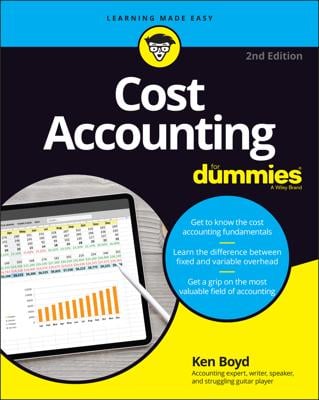When reading their P&L (profit and loss) reports, business managers must understand the cash flow characteristics of sales and expenses. They should keep in mind that the accountant records sales revenue when sales are made — regardless of when cash is received from customers.
The accountant records expenses to match expenses with sales revenue and to put expenses in the period where they belong — regardless of when cash is paid for the expenses. The manager should not assume that sales revenue equals cash inflow, and that expenses equal cash outflow.
The cash flow characteristics of sales and expenses are summarized as follows:
Cash sales generate immediate cash inflow. Keep in mind that sales returns and sales price adjustments after the point of sale reduce cash flow.
Credit sales do not generate immediate cash inflow. There’s no cash flow until the customers’ receivables are actually collected. There’s a cash flow lag from credit sales.
Many operating costs are not paid until several weeks (or months) after they are recorded as an expense; and a few operating costs are paid before the costs are charged to expense.
Depreciation expense is recorded by reducing the book value of an asset and does not involve cash outlay in the period when it is recorded. The business paid out cash when the asset was acquired. (Amortization expense on intangible assets is the same.)

